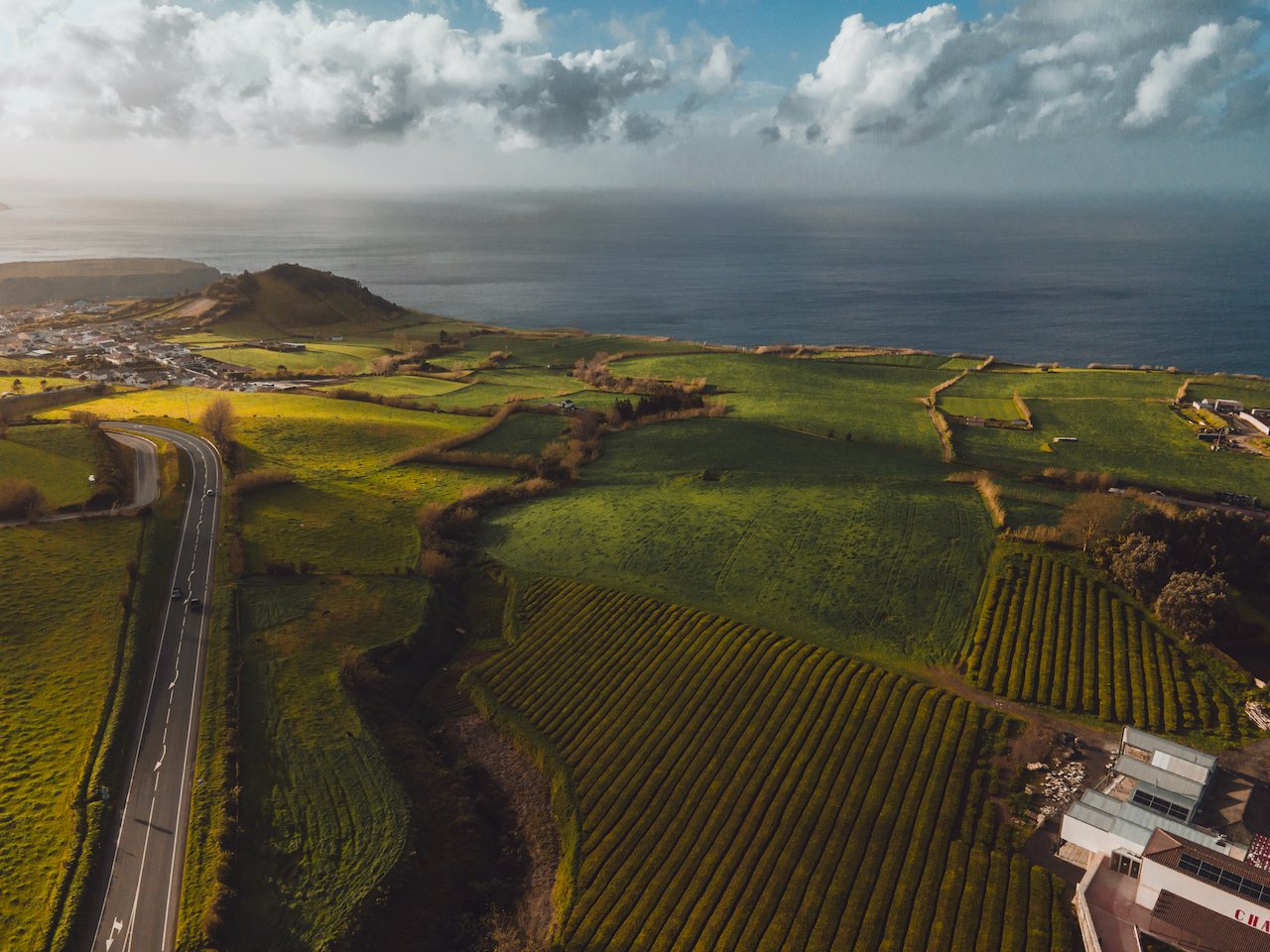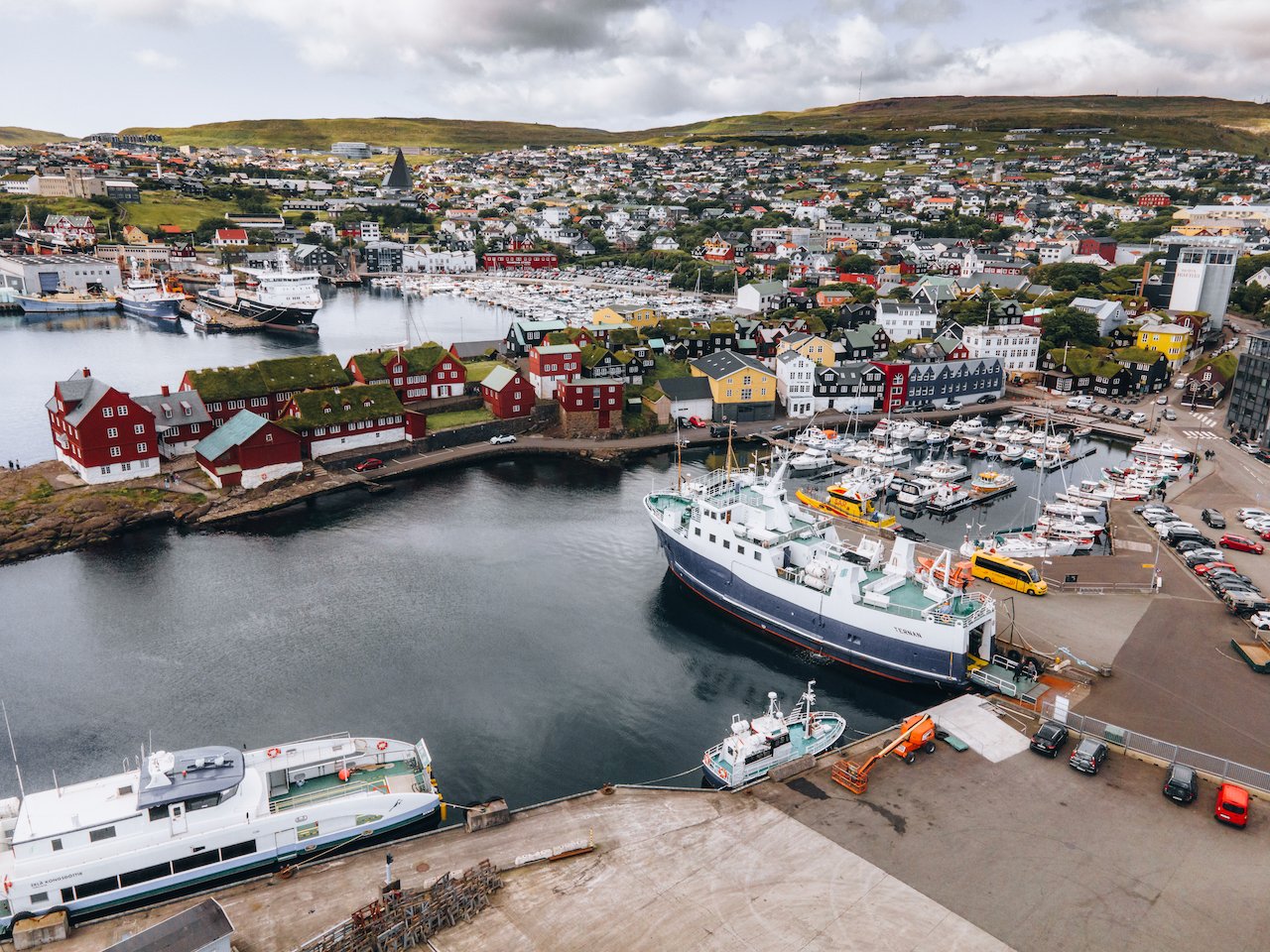TRAVEL BLOG
A Trip to the Azores: A Summary
The Azores islands consist of 9 islands and are owned by Portugal. The islands of the Azores are Flores, Corvo, Graciosa, Terceira, São Jorge, Pico, Faial, São Miguel, and Santa Maria. Created by volcanic activity, they boast incredible geographical landscapes and biomes. Considered the "Hawaii of Europe", it is one of two autonomous zones of Portugal, the other being Madeira.
A Trip to the Azores: Ponta Delgada on São Miguel Island
Ponta Delgada (meaning "Thin Cape") is the largest city in the Azores (an autonomous region owned by Portugal), situated on the island of São Miguel. It was established in 1450 and is essentially the heart of the Azores islands economically, politically, and socially. Some notable places to check out include Igreja Matriz de São Sebastião, Forte de São Brás, and Plantação de Ananás dos Açores.
A Trip to the Azores: Pico Island
Pico (Ilha Preta) is just one of the islands that make up the Azores Islands, formally owned by Portugal. Known as the "Black Island", it is one of three islands that make up the central Azores islands. Formed about 300,000 years ago, it is known for its volcanic history and its emerging wine industry. Places to check out include São Mateus, Madalena, Lajes do Pico, and Lagoa do Capitão.
A Trip to the Azores: Faial Island
Faial (Ilha Azul) is just one of the islands that make up the Azores Islands, formally owned by Portugal. Known as the "Blue Island", it is one of three islands that make up the central Azores islands. The island's geography is remarkable with notable sites to see such as the Caldeira do Cabeço Gordo, the Lighthouse of Ponta dos Capelinhos, and the town of Horta.
A Trip to the Azores: São Miguel Island
São Miguel (Ilha Verde) is just one of the islands that make up the Azores Islands, formally owned by Portugal. Known as the "Green Island", it is the largest and most populated island in the Azores . The geography and biome of the island make it an amazing place to visit. Great places to check out include Sete Cidades, Mosteiros, Povoação, Furnas, Vila Franca do Campo, and Ponta Delgada.
A Guide to the Swedish island of Gotland
The Island of Gotland is owned by Sweden and is situated in the Baltic Sea. It is a popular destination for Swedes, especially in the summer. Such popular spots like Fårö, Visby, and Hemse are not to be missed. You can easily fly into Visby or take a ferry from the Swedish mainland at Nynäshamn. Seeing the island by bike or by car is highly recommended to explore its wonderful beaches and cliffs.
A Guide to the Swedish island of Fårö
You can easily reach the island of Fårö by taking a ferry from Nynäshamn to Gotland, then taking a Fårö via the northeast of Gotland. This island, along with Visby, is a popular place to explore in the summertime for Swedes and tourists alike. The island features numerous beaches and lighthouses, along with its famous natural limestone rock formations, or rauks, at Langhammar.
A Journey to the Faroe Islands: The Island of Mykines
The island of Mykines is located within the Faroe Islands archipelago, which is owned by Denmark. It is the westernmost island in the entire nation and was formed 60 million years ago. Large stacks of basalt can be seen along the coastline, specifically near the 1 km long islet Mykineshólmur. The population on the island has declined significantly with only 11 permanent inhabitants in 2014.
A Journey to the Faroe Islands: The Island of Kalsoy
The island of Kalsoy (meaning 'Mans Island') is located within the Faroe Islands archipelago, which is owned by Denmark. The island is isolated and can be reached by a ferry from Klaksvík to Syðradalur. A hike to the Kallur Lighthouse in Trøllanes is a must with stops at the settlements of Mikladalur and Húsar. Kalsoy was also a filming location for the 25th James Bond Film, 'No Time to Die'.
A Journey to the Faroese Capital of Tórshavn
The Norse established their parliament on the Tinganes peninsula of Tórshavn in 850 AD, which has since been known as the capital city of the Faroe Islands with a population of 13,083. The city features great attractions like the Svartafoss Waterfall, Vesturkirkjan, Skansin, and the Tórshavn Old Town. All roads lead to Tórshavn in the Faroe Islands and a day is all you need to explore the city.
Just a few reasons to see Helsingborg in the South of Sweden
Helsingborg is the 9th largest city in Sweden, located in the South (otherwise known as Skåne). A city of barely 100,000, it is worth seeing as it boasts excellent architectural wonders like Rådhuset and Kärnan, great beaches and ports that can whisk you to Helsingør, Denmark, and wonderful manor grounds at Sofiero. The island of Ven is also a popular day trip for many of the residents here.











